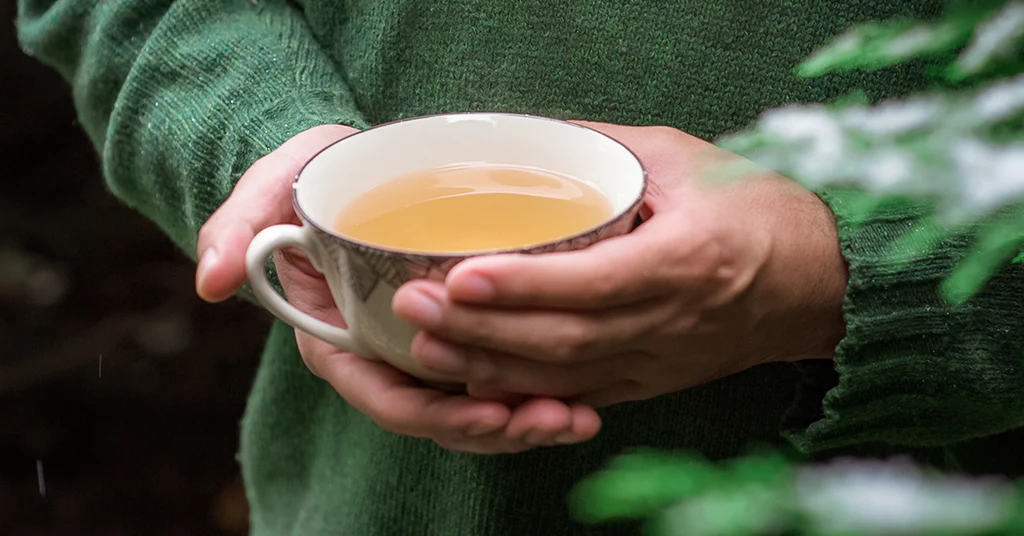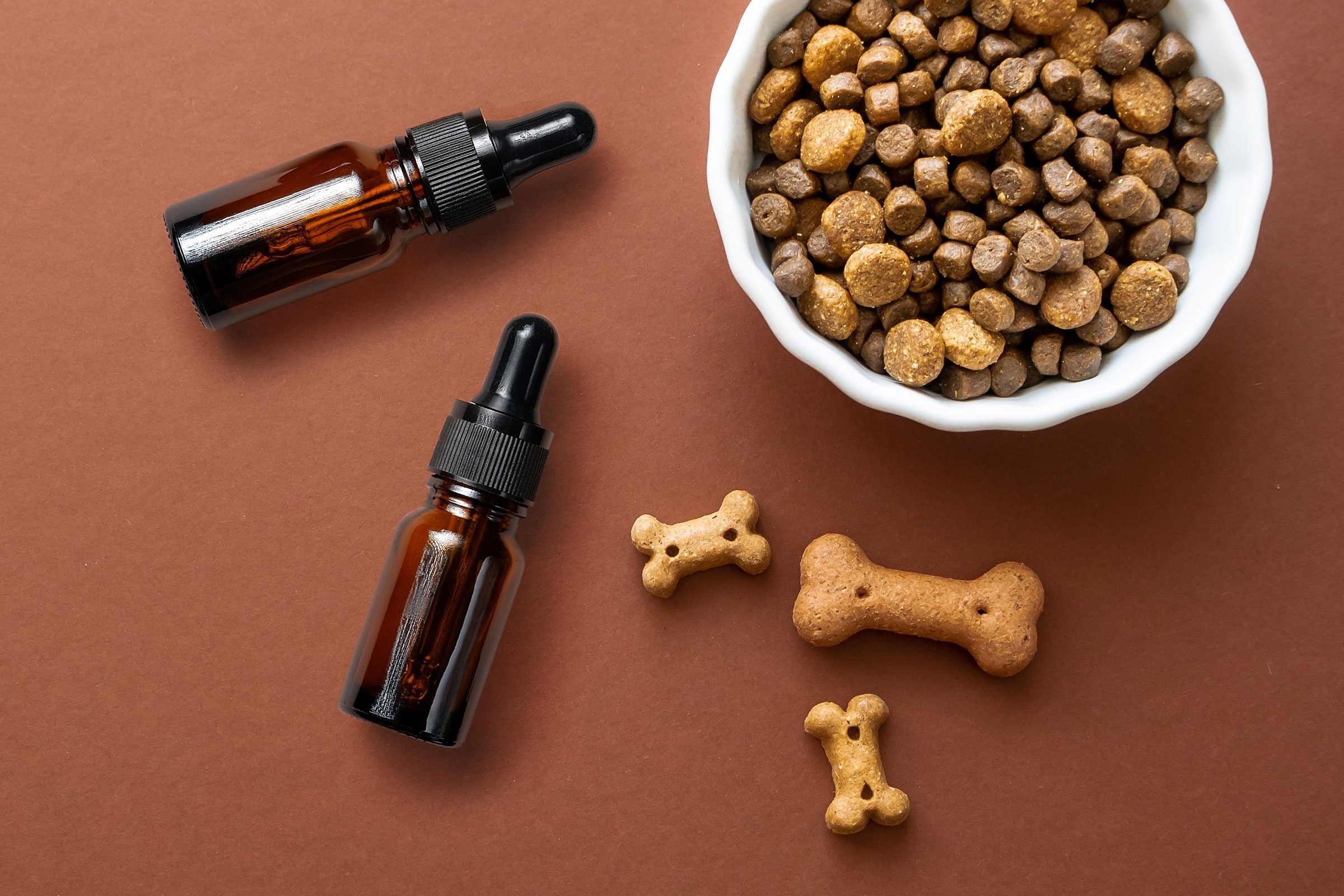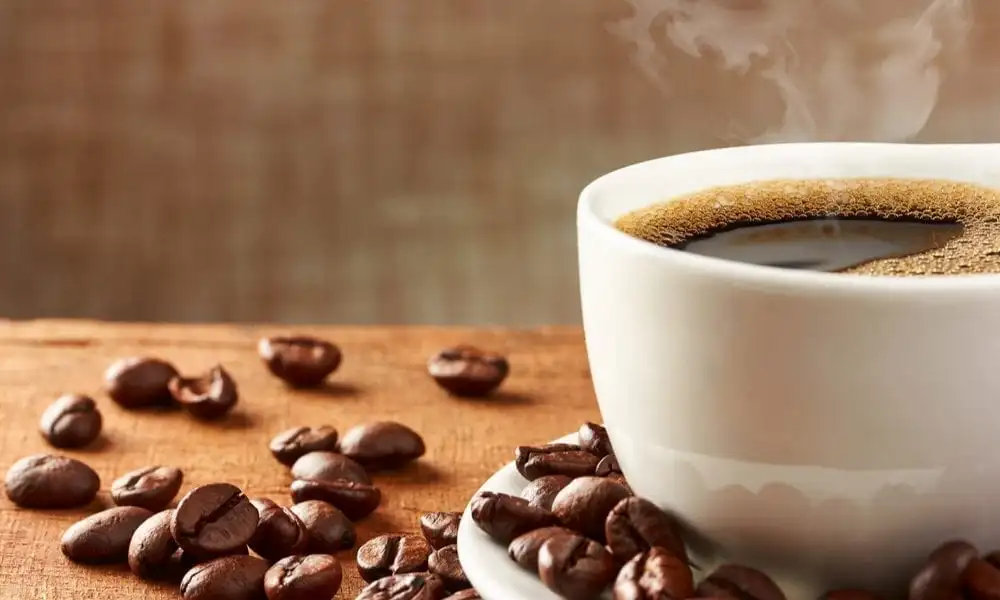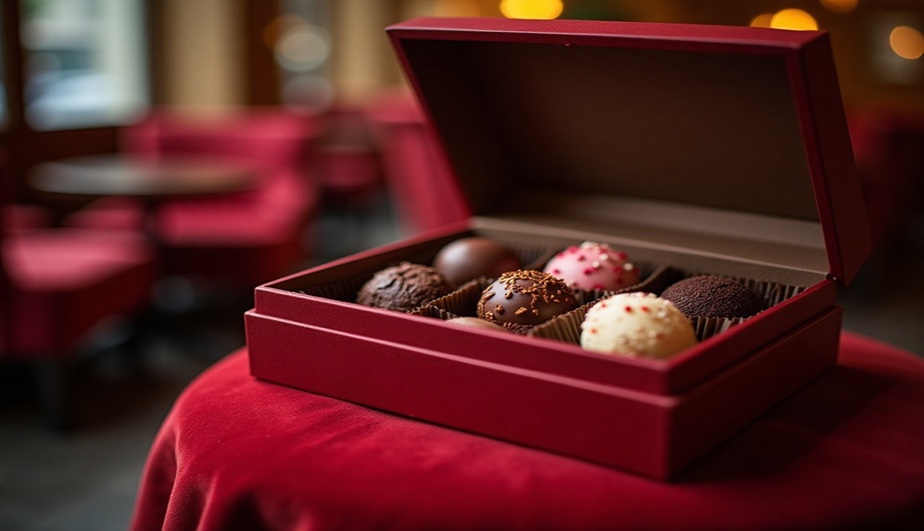Tea tasters, also called tea testers or tea reviewers, act much like wine sommeliers. They sample numerous teas to provide detailed quality reports and flavor profiles for vendors and consumers. Tasters methodically evaluate the appearance, aroma, flavor, mouthfeel, and aftertaste of brewed tea samples. They analyze characteristics using industry-standard terminology and quantify positive or negative attributes. These organoleptic assessments certify teas meet grading standards. For new teas, tasters help categorize style, grade quality, and identify ideal brewing guidelines. They distinguish nuances between similar teas and benchmark against recognized examples. For existing teas, tasters confirm new harvests or batches stay consistent year after year.
Tools and methods of tea tasting
Tea tasting involves finely honed sensory skills plus specialty brewing equipment. Important tools include:
- Standardized ceramic cups and infusion vessels
- Water filtration system or bottled spring water
- Variable temperature kettle for precision brewing
- Timer for steeping at exact durations
- Tasting spoons and aroma cups
- Spittoons for sampling without swallowing
Tasters methodically prep identically measured samples using proper water temperatures and steep times per tea type. Thus, a typical serving of tea is 8 ounces. They deeply inhale aromas before sipping small amounts, slurping oxygen over the tongue to aerate flavors. Spitting prevents palate fatigue though some tea does get swallowed. Rigorous controls reduce subjective variables.
Steps of tea tasting
While personal styles vary, most tasters follow this general tasting methodology:
- Observe dry tea leaves – color, size consistency, quality
- Grade brewed tea’s clarity, hue, brightness
- Inhale aromas deeply from dry leaves and wet infusion
- Agitate brewed tea to release volatiles; smell again
- Slurp tea while breathing in; aerate vapor through mouth and nose
- Spread tea throughout the mouth to detect flavors/textures
- Describe flavor transitions from the first sip through the finish
- Gargle/rinse with water to reset the palate between samples
- Detail positive and negative characteristics
- Compare to quality benchmarks for that tea type
How tasters quantify tea quality?
To rate quality more objectively, tasters convert sensory assessments into numerical scores using structured criteria:
- Appearance – Evaluates leaf whole/intactness and infusion clarity (10 points max)
- Aroma – Scores fragrance intensity and appeal (15 points max)
- Flavor – Rates depth, complexity, balance, and development (40 points max)
- Mouthfeel – Assesses texture, density, and emulsification (15 points max)
- Aftertaste – Judges length, pleasant finish versus harshness (10 points max)
- Overall Quality – Cumulative impression and drinkability (10 points max)
By quantifying attributes on fixed scales tied to standards for that tea type, tasters reliably grade quality while minimizing subjective bias.
Tea tasters respect the enormous effort and artistry required for premium harvests. They recognize ideal terroir, cultivars, plucking, processing, and infusion to make the liquid in the cup shine. A taster’s discerning palate helps ensure only the best tea reaches consumers to enjoy. As you sip your daily cup, take inspiration from the tea taster’s art. Pay attention to subtle details of appearance, aroma, and flavor. Appreciate the nuances that set apart fine teas. Let your palate become educated by the immersive world in each infusion.







